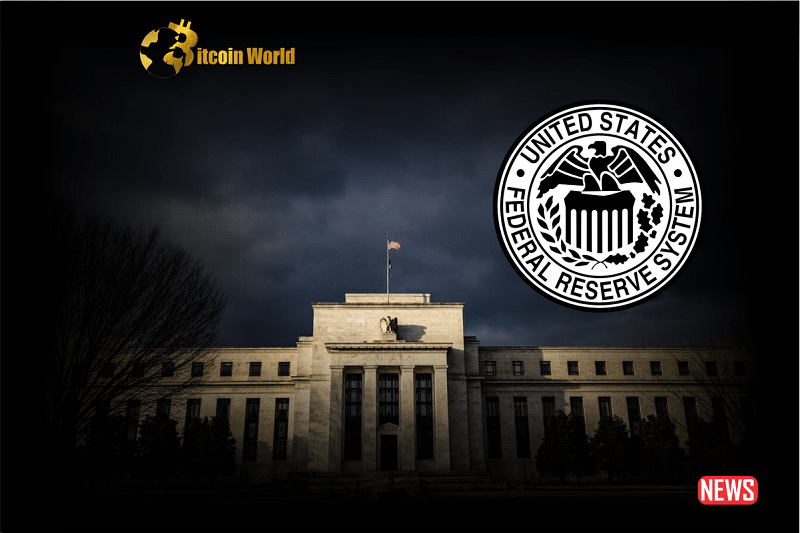The Federal Reserve isn’t mincing words. A recent research note from their own economists paints a concerning picture of the US economy, highlighting a surge in financial distress among non-financial firms. Think of it like this: a significant portion of American businesses are feeling the squeeze, and the Fed is waving a red flag.
How Serious is the Situation?
Let’s cut to the chase: the level of financial distress is higher than it’s been in previous periods of monetary tightening since the 1970s. Since March 2022, when the Fed started tightening its monetary policy, the proportion of non-financial firms struggling financially has reached a worrying 37%. That’s more than one in three companies feeling the pressure!
To put this into perspective:
- This surpasses distress levels seen in previous economic downturns triggered by interest rate hikes.
- The rapid increase signals a potentially significant impact on the broader economy.
What’s Causing This Financial Strain?
The primary culprit? The Federal Reserve’s own aggressive interest rate hikes aimed at curbing inflation. While necessary to tame rising prices, these hikes are making borrowing more expensive for businesses, squeezing their finances.
The Domino Effect: How Does This Affect You?
This isn’t just an abstract economic concept. The distress among these firms could have tangible consequences for everyday Americans. The economists at the Federal Reserve are particularly concerned about the potential impact on:
- Investment: Publicly-listed firms account for a significant chunk (around 60%) of total US investment. When these firms are under financial pressure, they are likely to cut back on investments, which can slow down economic growth.
- Employment: Companies listed on Compustat employ roughly one-third of the US non-government workforce. If distressed firms are forced to downsize or even declare bankruptcy, it could lead to significant job losses.
Could Things Get Worse? The Fed Thinks So
The concerning part is that the worst may be yet to come. The economists suggest that the full impact of the interest rate hikes is still on the horizon, with 2023 and 2024 expected to bear the brunt. Their preliminary estimations indicate that the effects on investment and employment could be more pronounced than in previous tightening cycles.
The Unintended Consequence: A Vicious Cycle?
Here’s a worrying thought: the Federal Reserve acknowledges that its very policies designed to control inflation could inadvertently push these distressed companies closer to the edge. This could trigger a cascade of defaults and subsequent layoffs – a domino effect no one wants to see.
Imagine a scenario where a company, already struggling with higher borrowing costs, faces declining sales due to the overall economic slowdown. The increased financial pressure could lead to tough decisions, including layoffs, further dampening economic activity.
What Can Be Done? Navigating a Precarious Situation
The Federal Reserve’s warning underscores the urgency of the situation. Swift and careful action is needed to prevent a wider economic fallout. Safeguarding the stability of these distressed firms is paramount to avoid further economic turbulence and ensure a more secure economic future.
Looking Ahead: Uncertainty and the Need for Vigilance
The coming months will be crucial. How policymakers respond and how market participants adapt to this challenging environment will determine the fate of these distressed firms and the broader US economy. Careful monitoring of economic indicators and proactive measures to support and stabilize the economy will be essential.
In conclusion, the Federal Reserve’s alert about the unprecedented level of financial distress among US non-financial firms is a serious signal. The potential ramifications for investment, employment, and overall economic activity are significant, highlighting the delicate balancing act policymakers face in navigating the current economic landscape. The situation demands close attention and strategic action to mitigate potential risks and foster a more stable economic future.
Disclaimer: The information provided is not trading advice, Bitcoinworld.co.in holds no liability for any investments made based on the information provided on this page. We strongly recommend independent research and/or consultation with a qualified professional before making any investment decisions.


